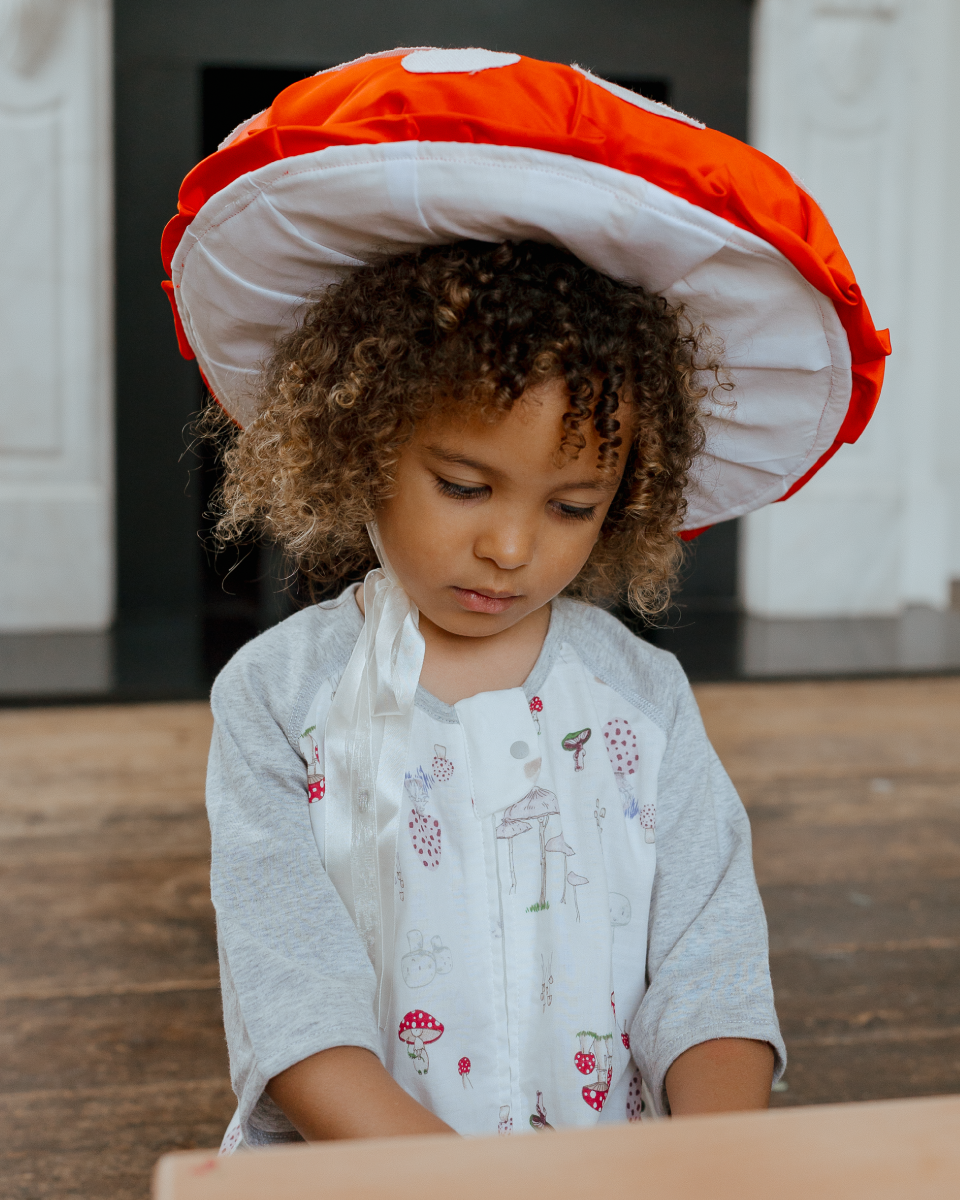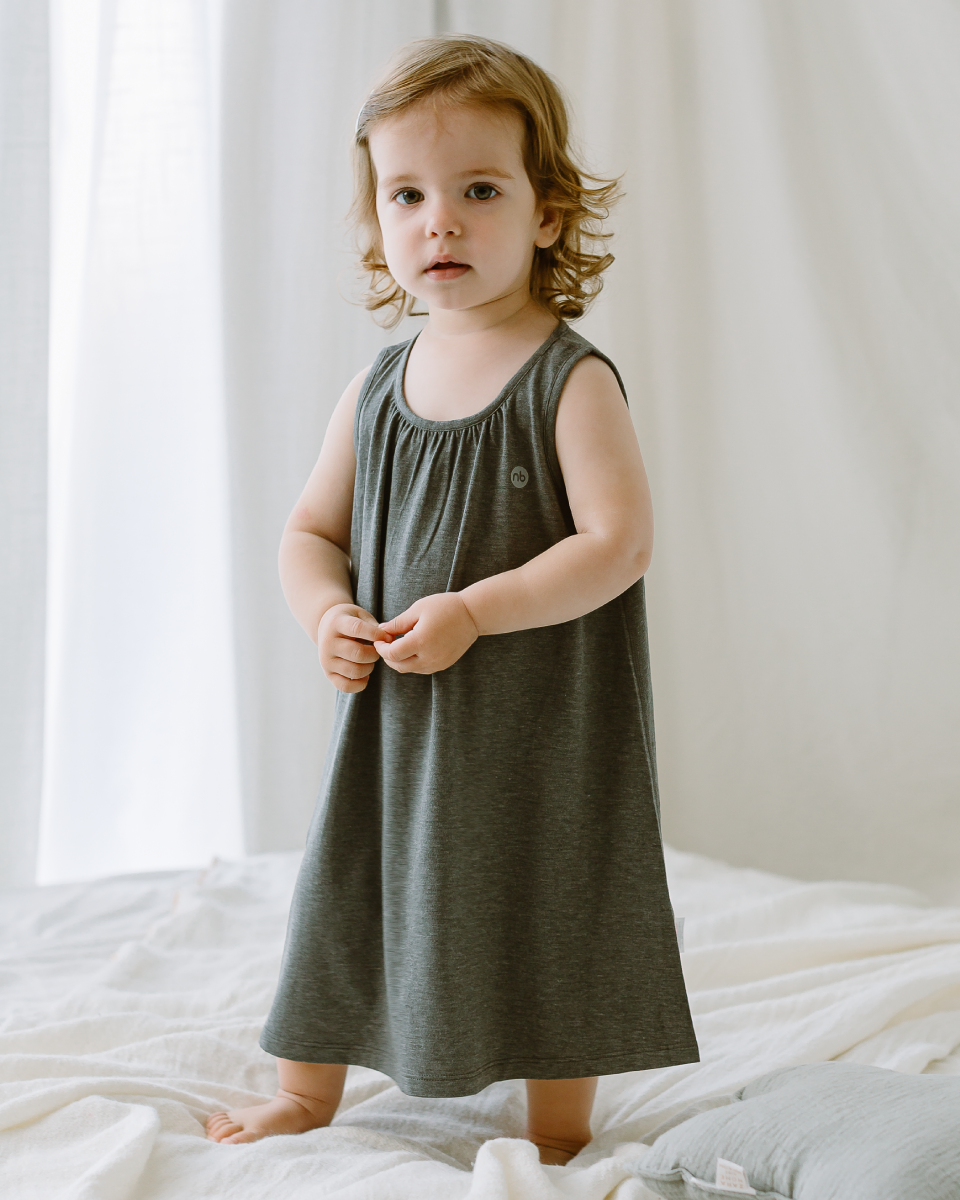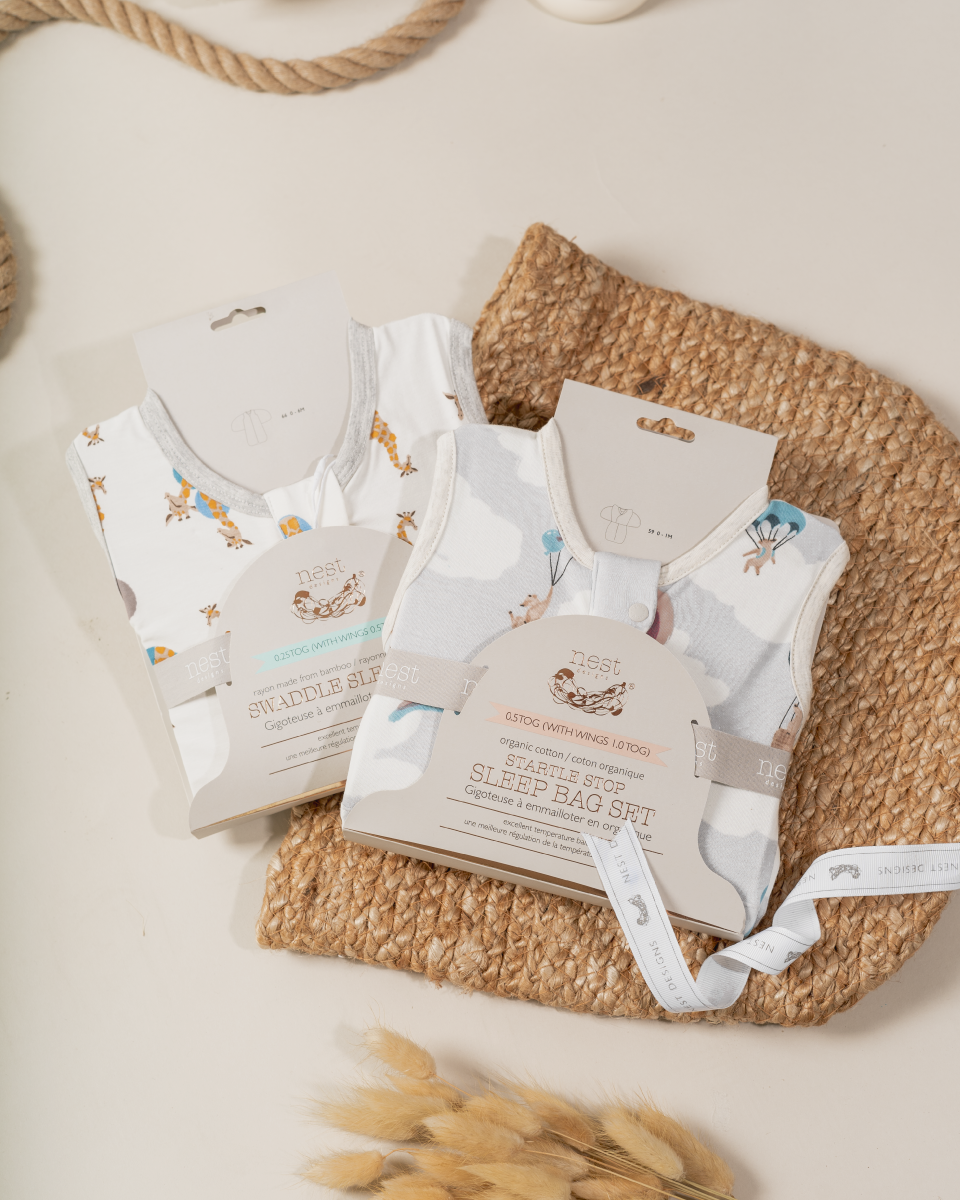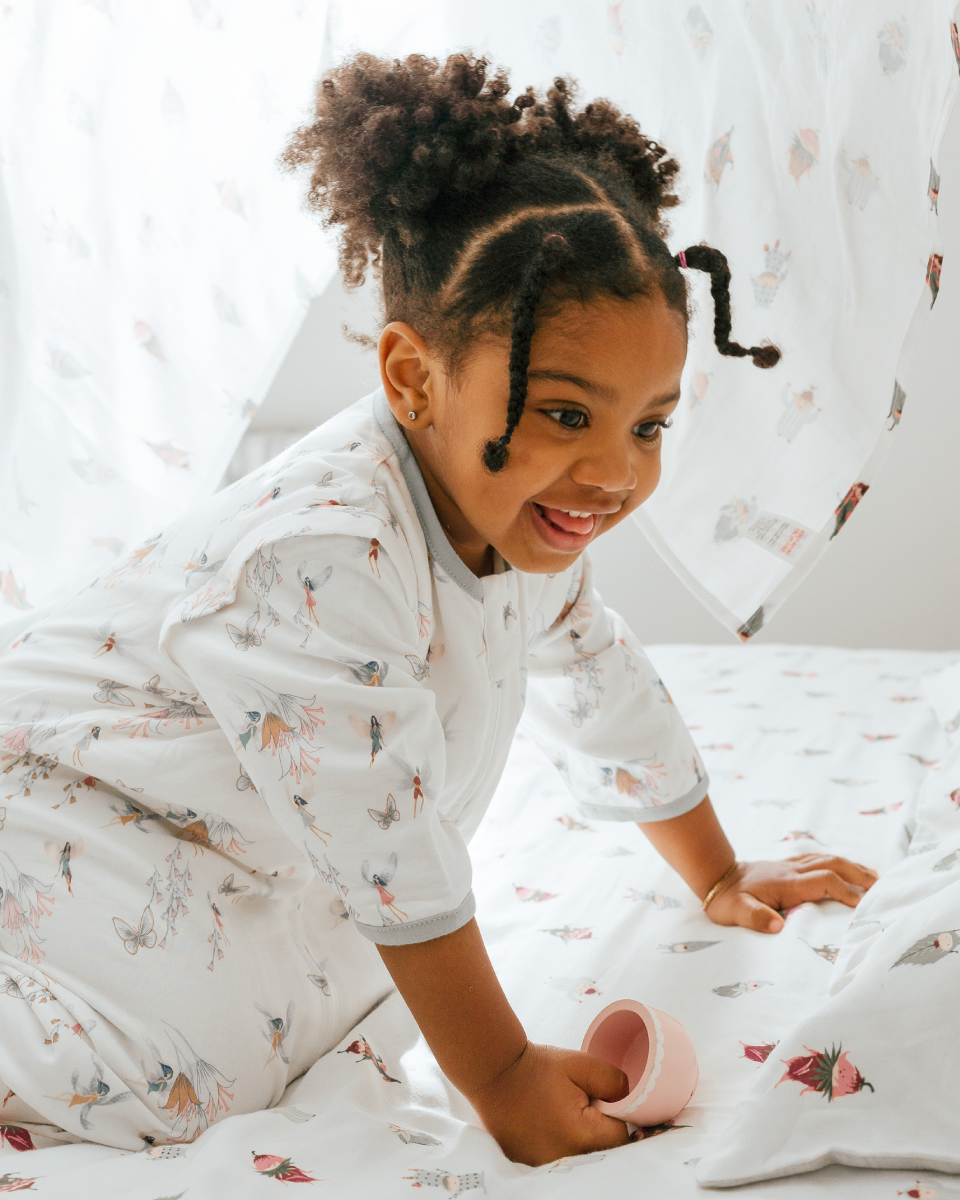
There are a lot of firsts when you bring your newborn home—the first feeding, first diaper change, first spit up…each one brings a new challenge of finding your rhythm and knowing what to do as a parent. Bathtime is no different.
Bathtime is a superb way to bond with your newborn. The first bath may seem daunting but with this guide, you'll be ready for it. In this blog, we'll show you how to navigate the ins and outs on how to bathe your newborn.
When to Give a Newborn Their First Bath
When a new little bubs enters the world, it can be tempting to bathe them right away.
The World Health Organization recommends waiting 24 hours after birth—or at least six hours if a full day isn’t possible for cultural reasons. Delaying the first bath is beneficial because:
- It helps keep a newborn’s body temperature stable, as bathing too soon may make them cold.
- It avoids the minor stress of a too-early bath, which may cause a drop in blood sugar as a stress response.
- There is no interruption of skin-to-skin bonding between a mother and her unbathed child, which can increase success in breastfeeding compared to those who bathe their baby right away.
- Babies have a waxy substance called vernix on their skin, which acts as a moisturizer. Bathing too soon can dry out their skin by removing this coating.

The Time of Day to Bathe Your Newborn
There is no right or wrong time of day to bathe your newborn. Baths can happen at any time. In the morning, babies are more alert and can enjoy the sensation of warm water on their skin. Some parents choose to include a bath as part of the bedtime ritual—helping their baby wind down before they doze off. Choose a time that works best for you and your little one.
Soap or No Soap?
Washing a baby is soothing and simple. Soap can just complicate things. Soap products can dry out your newborn’s delicate skin, so it may be best to forgo the suds until your baby is a bit older. However, if there’s a diaper mishap or your newborn spits up a lot, you may feel that soap is necessary. If this is the case, opt for a mild, neutral-pH soap.

How to Give a Baby a Bath
Gather the bathtime supplies, so everything is within arms reach. You will need a basin or baby tub, a washcloth rinsed in soap-free water, and a dry towel.
Make bathtime fun! If your baby seems to enjoy the water, don’t rush the bath. Take this time to focus on your baby and remove any distractions before bathtime. For example, distractions can be your phone, other young children, or pets.
The most advisable way to wash your baby is by starting with their face and working your way down the rest of their body, then finishing with the diaper area.
How to bathe a newborn with their umbilical cord still attached (sponge bath):
The first few newborn baths will be sponge baths. Use this method of keeping your little bubs clean for one to two weeks until their umbilical cord falls off.
- Use a flat, clean surface for the sponge bath—a changing table, the floor, or the counter. Pad the surface with a blanket or soft towel. Stay safe by using a safety strap to prevent falls, and always keep one hand supporting your baby at all times.
- Prepare a basin of warm water (around 100 degrees Fahrenheit), which you will use to rinse the washcloth during the bath.
- Undress your baby and wrap them in a dry towel to keep them warm. During the sponge bath, uncover one area at a time to clean, then cover up with the towel again.
- Use a damp washcloth to gently wipe your baby’s face, then the neck, arms, back and stomach, legs, feet, and finally, the diaper area.

How to bathe a newborn after the umbilical cord falls off (tub bath):
Tub baths should be brief and gentle. Babies should only sit in a tub of water once their umbilical cord has fallen off.
- Fill the wash basin with two inches of water that feels warm on the inside of your wrist. Aim for a temperature around 100 degrees Fahrenheit.
- Undress the baby and put them into the water right away so they don’t get cold.
- Sit your baby up and hold them securely with one hand at all times, using the other hand to clean them.
- Use the washcloth to wash your little bubs from the face to the feet and finish with the diaper area.
Once your baby is squeaky clean from their sponge bath or tub bath, dry them off quickly to keep them nice and warm. If you like, you can apply a small amount of moisturizer (fragrance-free, hypoallergenic lotion) to help prevent dry skin but it’s not necessary.
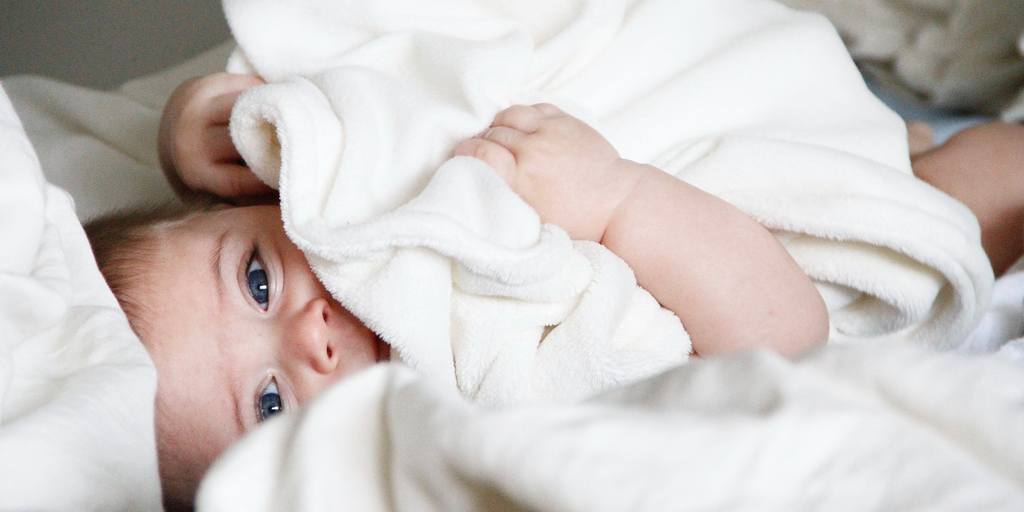
How Often Does a Baby Need a Bath?
A common misconception is that babies need a bath every day. Bathing too frequently isn’t great as too much bathing can dry out a little one’s sensitive skin. In reality, babies only need about three baths per week during their first year.
Aside from occasional spills and messes, babies are relatively clean. Newborns rarely sweat and don’t get anywhere near as dirty as older babies and toddlers. If you can catch a spill and wipe it up quickly, you can likely avoid bathing your baby.
Bathtime Safety Tips for Newborns
Parents and guardians must practice bathtime safety from day one. Here are some ways to keep your little one safe while you clean them:
- Never leave a baby alone in the tub - even for a second.
- Always keep one hand on your baby securely and ensure your newborn’s head is always supported.
- Keep most of your baby’s face and body well above water level during the bath.
- Keep your baby warm during bathtime by covering them with a towel during a sponge bath or pouring warm water over their body in the tub.
- Baths should only be five to ten minutes long.
- Use a safety strap or keep one on hand if you are washing your little bubs on a surface above the floor (such as the bathroom counter).

Is Your Little Bubs a Water Baby?
Remember, bathtime is fun! It’s a great opportunity to bond with your little bubs. Take time to enjoy the moment and create positive water experiences for your little one. Once your baby is older, you can introduce tub toys and take bathtime to a whole new level!



